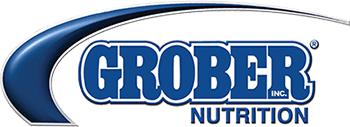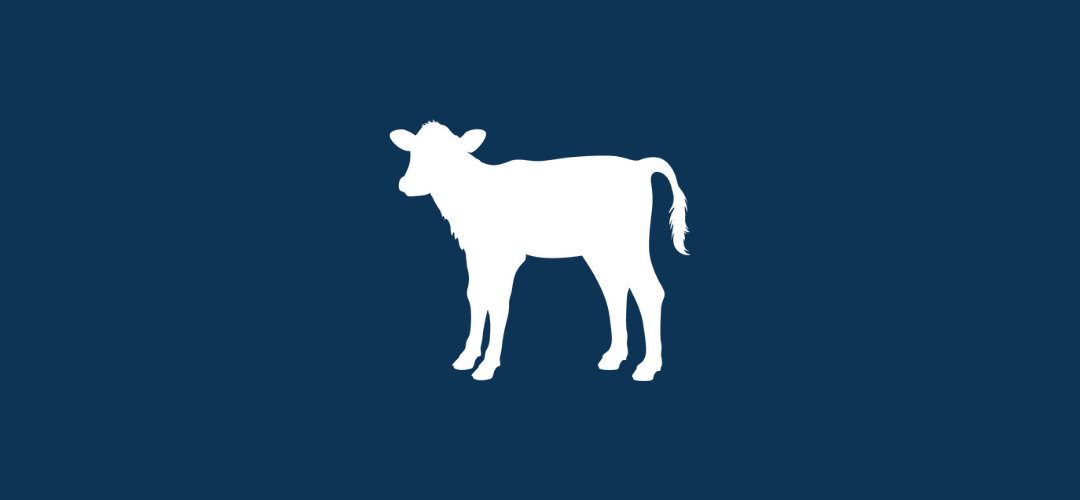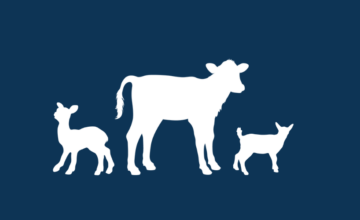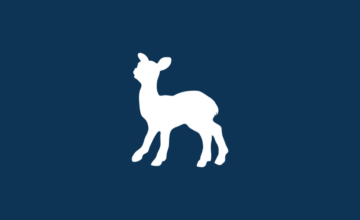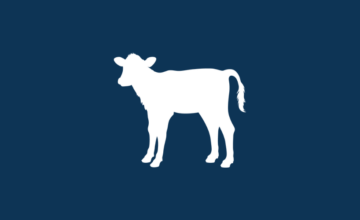Bedding – Key to Calf Comfort
- Dec 11, 2023
- By Grober Nutrition
- In Canada
Can you imagine spending up to 20 hours a day lying down? Many people would consider that being lazy, but for calves, it’s a good thing! A high amount of lying time is an indication that they’re comfortable in their environment and putting their energy towards growth. So, with all that lying time, what they are laying on is important. So let’s talk about calf barn bedding.
What type of bedding should you use?
When it comes to the type of bedding, you can choose from sawdust, wood shavings, sand, or straw. The best bedding choice for your calves depends on the climate and could change throughout the year. Sawdust, shavings, and sand are typically used in hotter climates and help to keep calves cool. Sawdust can be very dusty, so it is important to make sure you have adequate ventilation if using this type of bedding.
During cold weather, straw is usually the best option. Specifically long-stemmed straw is great for helping calves stay warm, through nesting. Nesting is important because young calves have a very narrow thermoneutral zone (the temperature range at which a calf uses no additional energy to maintain core body temperature). The lower critical temperature in calves less than 1 month of age is around 8 to 10°C, and around 0°C for older calves. When temperatures drop below that, calves will begin to use more energy to keep warm, rather than for supporting growth and the immune system.
How much bedding do I need?
Whether you’re using sawdust, shavings, sand, or straw, if the bedding is wet, or there’s not enough of it, calves can face cold stress leading to increased health challenges. When a calf is lying down, they should be able to nestle in to the straw with the straw surrounding them to trap warm air around their body. If bedding is not deep enough, calves will simply be lying on top and may not be able to keep warm enough. Using calf coats in the winter can also help keep calves warm.
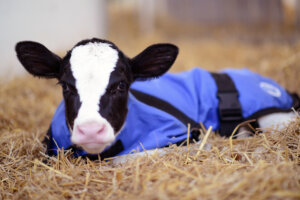
It’s also very important to make sure that bedding stays dry. Having enough bedding and regularly adding more, will help keep calves dry and comfortable. Depending on the drainage in your calf pens, you may need to add new bedding more often. Pens on concrete for example won’t have as much drainage as a dirt or gravel floor. Even if bedding looks dry on top, a good way to test dryness is the kneel test. Kneel on a paper towel in the pen for 20 seconds, then stand up and check if the paper towel is damp or dry. If the towel is wet, it is recommended that you add fresh bedding.
No matter what type of bedding you use, the most important thing is to keep it dry and bed regularly, so calves stay comfortable and warm. A comfortable, warm calf is a healthy, growing calf.

